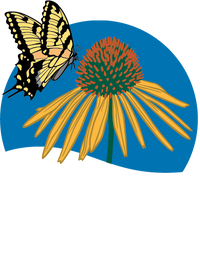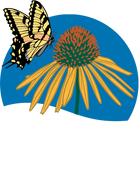PawPaw: The Colonial Treat Returns!
by Timothy Kane
PawPaw may be the most historic native plant you have never heard of! 300 years ago in colonial America, that may not have been the case. In those days, throughout the mid Atlantic area of the colonies, the fruit of this native tree was one of the most sought after foods by colonists and native Americans. This fruit was reported to be George Washington’s favorite dessert. How did a plant with such a storied history and importance become such a secret today?
Making a Comeback in Modern Landscapes
I am happy to say that this outstanding, native species supporting small tree, is in the midst of a true renaissance. The rise of native plants in the last decade has contributed to the comeback of this easy-to-grow native tree. With its narrow, conical shape and distinct, large textured foliage, it is a landscape standout that is a host plant for several of Lepidoptera species including the Zebra Swallowtail Butterfly.
PawPaw’s Unique Flowers and Growth Cycle
From south to north in late March through early May, PawPaw shows off 2” diameter purple flowers that are a great source of nectar for early native pollinators.
While the flowers have both male and female parts, you will need to plant a second PawPaw tree to ensure fruit set. Once fruit set occurs, it enlarges throughout the summer becoming 2.5” to up to 6” long!
Here comes the tricky part. PawPaw fruit, once ripe, has a very short shelf life which is one of the main reasons that this native treasure fell out of favor with consumers. The other is that this fruit is insanely popular with native wildlife. In fact, it is so popular that trees can be cleared of fruit in a matter of a couple of days by a who’s who list of local critters!
While you may never find this fruit in your local supermarket or orchard farm stand, that should not prevent you from loving the fruit and the tree itself. PawPaw grows wild as a native understory plant in the forests of the East Coast, so it is shade tolerant along with being tolerant of occasionally wet areas. With few pests and superb fall foliage that is a striking yellow with red color, it is an easy to grow, uber rewarding, native species supporting tree that will always be the source of an interesting historical reference when you show it off to your neighbors!






